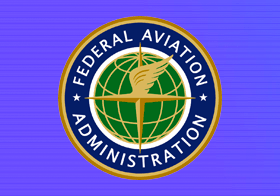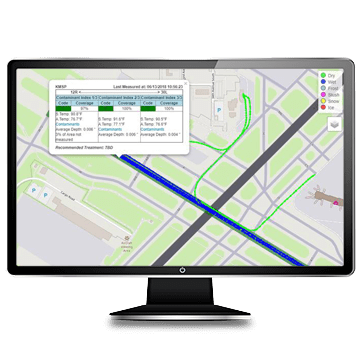Imagine it. A pilot is on an approach to a runway on a snowy February day. It’s a mild snowstorm but contamination is accumulating on the runway. How much? What is its impact on the pilot’s ability to brake and safely stop on the runway? How should the pilot prepare?
Traditionally, the incoming pilot is given a subjective Pilot Braking Action Report (PBAR) from the pilot who just landed. “Braking is medium at touchdown, poor at turnoff.” These are the best pilots in the world, specialists at the top of their craft. So this advance perspective is helpful. Unfortunately, these pilots are not provided with training to standardize those assessments. One pilot’s subjective PBAR may differ from another’s.

What pilots really want is science-based data about the deceleration and braking action experienced by previous pilots, and how to best execute the safest possible landings. They want FAA-recommended Aircraft Braking Action Reports (ABARs) leveraging real-time data from aircraft sensors.
FAA recommends ABARs to help mitigate potential runway excursions
Airside and Landside – both teams are seeing improvements in how surfaces are managed to serve the needs of the airport.
I'm an airportFrom Flight Operations to the Chief of Safety, everyone agrees. Pilots should have more information, faster.
I'm an airline

"Landing overrun accidents in slippery conditions continue to occur. A significant contributing factor is the lack of timely, accurate information on runway friction conditions in adverse weather conditions for pilots of landing airplanes to assess landing distance safety margins."